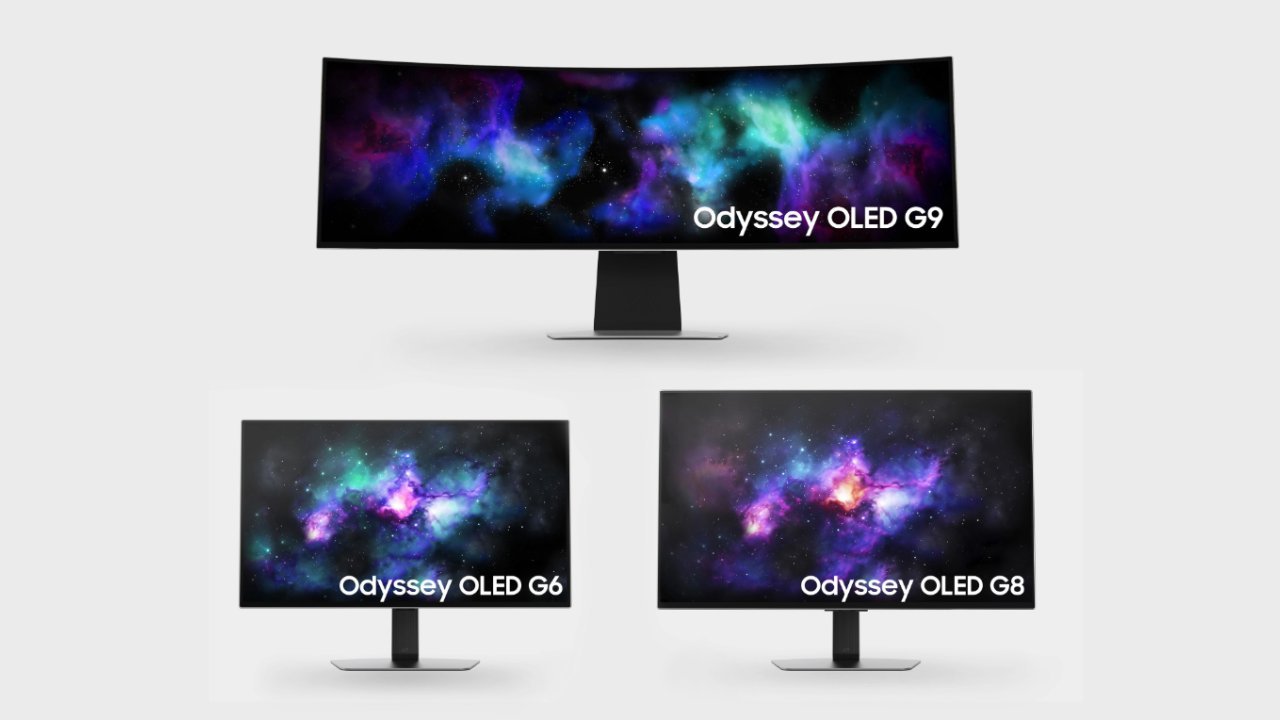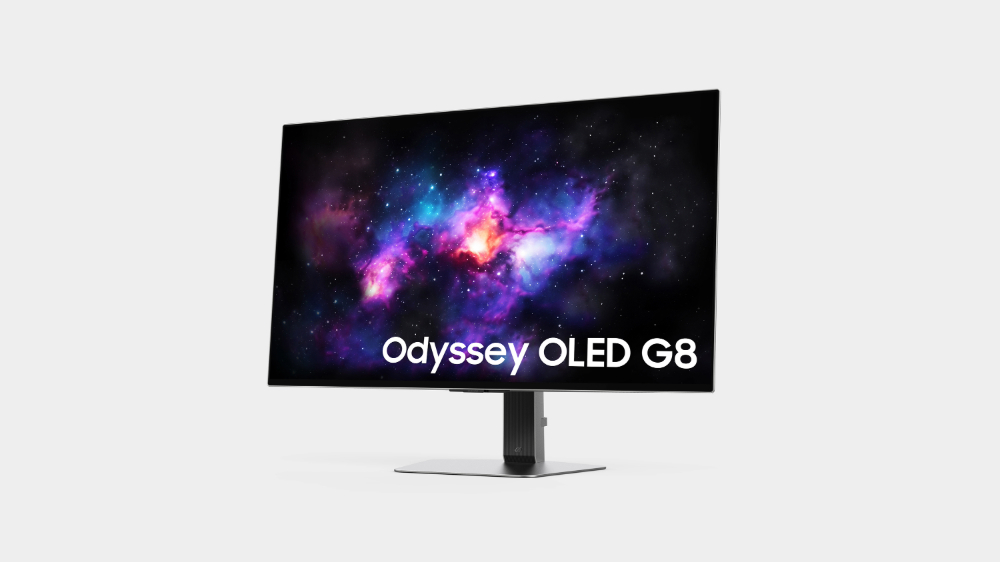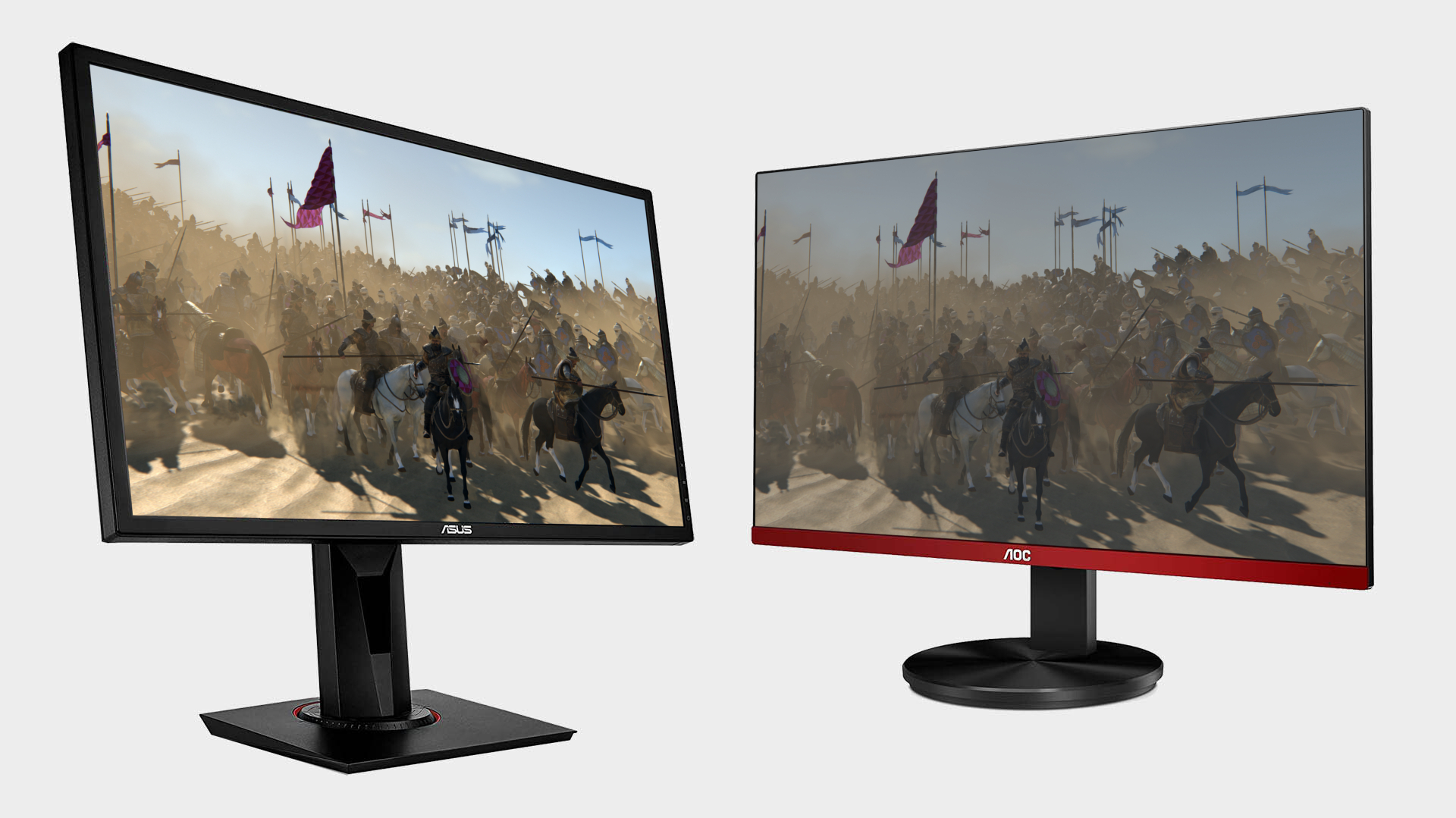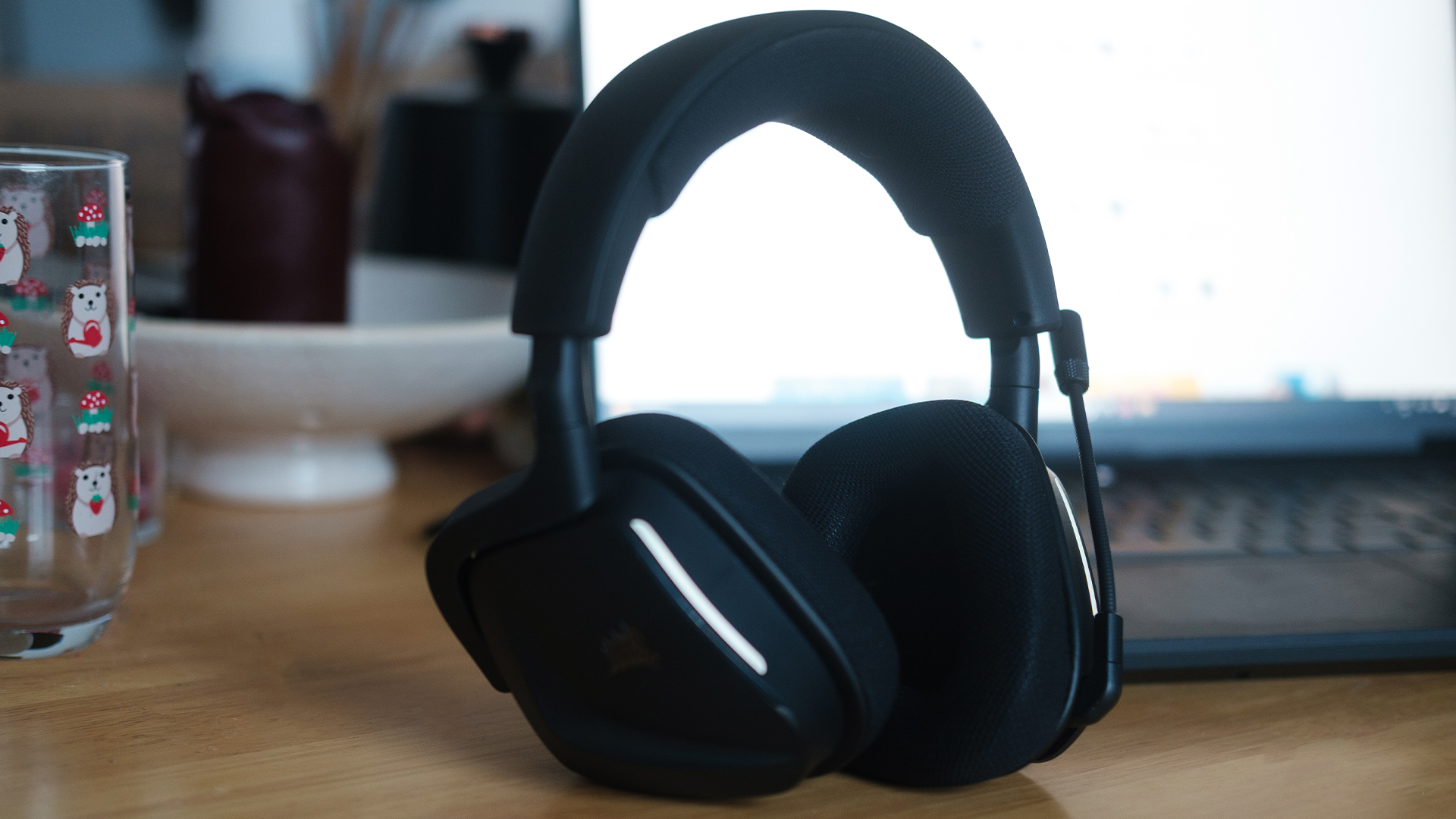Samsung's baffling Odyssey range of monitors just got the 4K OLED upgrade we've been waiting for
It might be the messiah of monitors, but good luck identifying it.

There's a new Samsung Odyssey G8 monitor in town. Yup, it's OLED. Nope, it's different from the Odyssey OLED G8 Samsung already sells. This one is a 32-inch 4K beast running at fully 240Hz.
Quite distinct, then, from the existing Samsung Odyssey OLED G8 34-inch ultrawide with 3,440 by 1,440 pixels or the Samsung Odyssey G8 non-OLED, which is, well, let's not even worry about what that model is.
There's also a new Samsung Odyssey OLED G6, which is distinct from existing Samsung Odyssey G6 models. Oh, and upgrades for the Samsung Odyssey OLED G9, which should keep you on your toes, since there are another two entirely separate Samsung Odyssey G9 monitors.
The full model names of each respective screen are the Samsung Odyssey OLED G8 G80SD, the Samsung Odyssey OLED G6 G60SD and the Samsung Odyssey OLED G9 G95SD.
Got all that? Good, let's get back to the G8, which is the most exciting addition to the Samsung gaming OLED range. Beyond the 4K resolution, 240Hz and 32-inch proportions, Samsung hasn't released a great many details.
Response times of 0.03ms are quoted and impressive indeed, but also standard for a modern OLED gaming panel. We'd really like to have more details on the panel, especially given that it's much higher pixel density than any previous Samsung OLED monitor.
Does it have the same triangular QD-OLED pixel substructure as existing Samsung OLED monitors? Will the full screen brightness be comparable to existing QD-OLED models, might it actually be even better given this novel high-pixel density model is presumably based on a new generation of OLED tech?
The biggest gaming news, reviews and hardware deals
Keep up to date with the most important stories and the best deals, as picked by the PC Gamer team.

In the end, the new Samsung Odyssey OLED G8 poses as many questions as it answers. But we're still pretty excited to see an OLED gaming monitor with a 4K native resolution on a 32-inch panel.
All previous 4K OLED monitors have been based on much larger panels taken from TVs and so have had disappointing pixel densities of less than 100 pixels per inch. This new G8 hits 140DPI, which should make for razor sharp image quality and also help with stuff like font rendering.
Anywho, the other new addition to the Samsung OLED range is the Odyssey OLED G6. The basic proportions aren't anything we haven't seen before, at least from other manufacturers. It's a 27-inch 1440p model.
However, existing 27-inch 1440p OLED monitors have been based on LG's WOLED rather than Samsung's QD-OLED tech. What's more, the Odyssey OLED G6 can hit 360Hz and shares that ridiculously low 0.03ms response time with other QD-OLED panels.

Best gaming monitor: Pixel-perfect panels for your PC.
Best high refresh rate monitor: Screaming quick.
Best 4K monitor for gaming: When only high-res will do.
Best 4K TV for gaming: Big-screen 4K gaming.
If you were wondering, both the G8 and G6 are flat rather than curved, which is a first for a Samsung OLED gaming panel. As for those updates to the existing G9 beast, which we reviewed last year, they don't relate to image quality and instead involve the Multi Control feature, which is said to allows users to seamlessly transfer images and/or text between their Samsung monitor and other Samsung devices, and the Samsung SmartThings Hub which supports various IoT devices compatible with Matter and the Home Connectivity Alliance (HCA).
We don't have precise on sale dates, though we're hoping it shouldn't be more than a few months before these new panels go on sale. Nor is there any word on pricing.
It'll be particularly interesting to see where Samsung pitches the G8 model given that it's the first Samsung OLED gaming monitor that isn't ultimately derived from a TV OLED panel. Will that added pixel density come at an elevated price? We hope not.

Jeremy has been writing about technology and PCs since the 90nm Netburst era (Google it!) and enjoys nothing more than a serious dissertation on the finer points of monitor input lag and overshoot followed by a forensic examination of advanced lithography. Or maybe he just likes machines that go “ping!” He also has a thing for tennis and cars.

